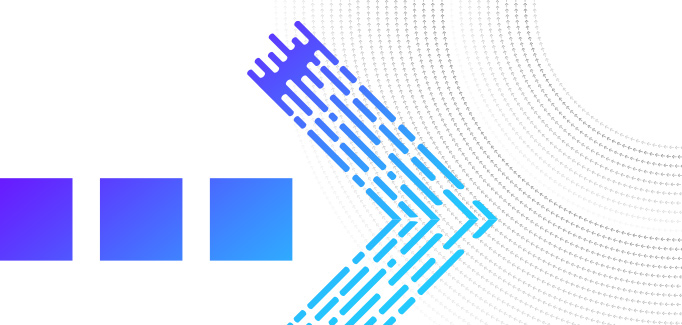Fraud: AI in Action
December 29th, 2020

This blog series acts as a companion to the sessions at ENGAGE LIVE. Catch up on the other entries here:
- Looking Back at ENGAGE 2020
- Immediate Action Required: Detecting Authorised Fraud
- Stay Ahead of First-Party Fraud & Mule Activity
- Catch Me if You Can: Fraud Digital Identity Challenges
- Future-Proofing Fraud with Advanced Technologies
- The Journey to Autonomous Fraud Management
At our ENGAGE 2020 LIVE event, attendees heard how NICE Actimize is infusing artificial intelligence (AI) into our solutions to help our clients fight financial crime. In this blog, I’ll cover what AI is, the future of AI in fraud detection and how this helps FIs protect customers and reduce costs, losses and friction.
What is Artificial Intelligence?
Artificial Intelligence is a term that is now pervasive, especially in the technology world, but what do we actually mean by it? First, it’s useful to look at analytics in general. The evolution of analytics, which is using a large amount of data to report a result, or search for a pattern or relationships between variables. From here we have behavioural analytics, which focus on finding behavioural patterns. Finally there’s predictive analytics, which uses past performance to predict what will happen next.
In the context of fraud detection at NICE Actimize, we are referring to ways that machines, rather than humans, undertake problem solving to deliver improved fraud detection. This will usually be how AI and machine learning are used by our data scientists to build and maintain models to detect fraudulent transactions.
The future of AI in fraud detection
Over the last few years, the main type of algorithms used for AI have been supervised machine learning. This is where the data sets are labelled, such as fraud and non-fraud, so that the model can be trained. This can improve over a more traditional linear regression model, but still requires lots of known data, and can only find patterns and anomalies that were in the training data set.
Now, fraud detection is moving toward unsupervised learning. This is where the data is not labelled for the training. This improves over supervised by not requiring lots of known frauds and can discover all types of patterns of anomalies. This is useful in today’s environment, where both genuine customer behaviour and frauds schemes are evolving fast, and works where there are lots of transactions but few frauds.
Why not use unsupervised all the time? While it has the benefits I’ve just mentioned, when compared to supervised learning, unsupervised learning is hard to implement technically and more difficult to scale up.
So we move from offline learning to an online, always on, learning methodology. The model learns from new data at real time and evolves as it learns. The training and inference are undertaken at the same time. This means it becomes easier to detect and stop new fraud attacks as they happen. However, bot or brute force attacks such as DDoS can skew the models, so these may need to be fixed if that happens.
The future of AI and data
The next steps in the future of AI in fraud detection are moving from structured data to unstructured data. We’re also seeing more use collective intelligence, or the data of many FIs and the power of federated learning, which can lead to better results. This could be a collective model based on all the data, or a Federated Model. With a federated model, this isn’t the sharing of the raw data, but the learnings from the data itself in terms of features and patterns, so a model of models if you will.
A key next step is also explainability. Model governance is important, but is becoming the main time delay in model implementations, reducing the business value that can be derived. Therefore, explainability is increasingly important. Having a model that can provide explanation for how the underlying model is working helps with model governance, as well as with fraud operations agents in working alerts.
Cloud really helps in these situations as it reduces the costs of running this architecture and can power collective intelligence via Federated Learning and explainability. The elasticity of cloud means you are only paying for the resources when they are required, not all the time. The cloud also makes it easier to securely share the data sets to power collective intelligence.
Improving Fraud Detection
From within these trends we can improve fraud detection. Other advancements include Anomaly Detection to support new fraud types with low fraud volumes, as well as Automated Model Optimisation and Incremental Online learning to improve the speed of optimisation even further.
With the ability to use a cloud analytics platform, this can be a managed service that keeps fraud models optimised as fraud trends change, or as an FI’s data scientists use the same tools to build their own machine learning models. These options can be mixed and matched as strategy dictates.
Clearly these advancements mean that FIs can improve fraud detection, spotting new fraud trends as they happen, reducing false positives and using models for risk-based authentication as well as fraud detection. With a cloud-based infrastructure, this reduces costs and fraud losses all while reducing customer friction.




